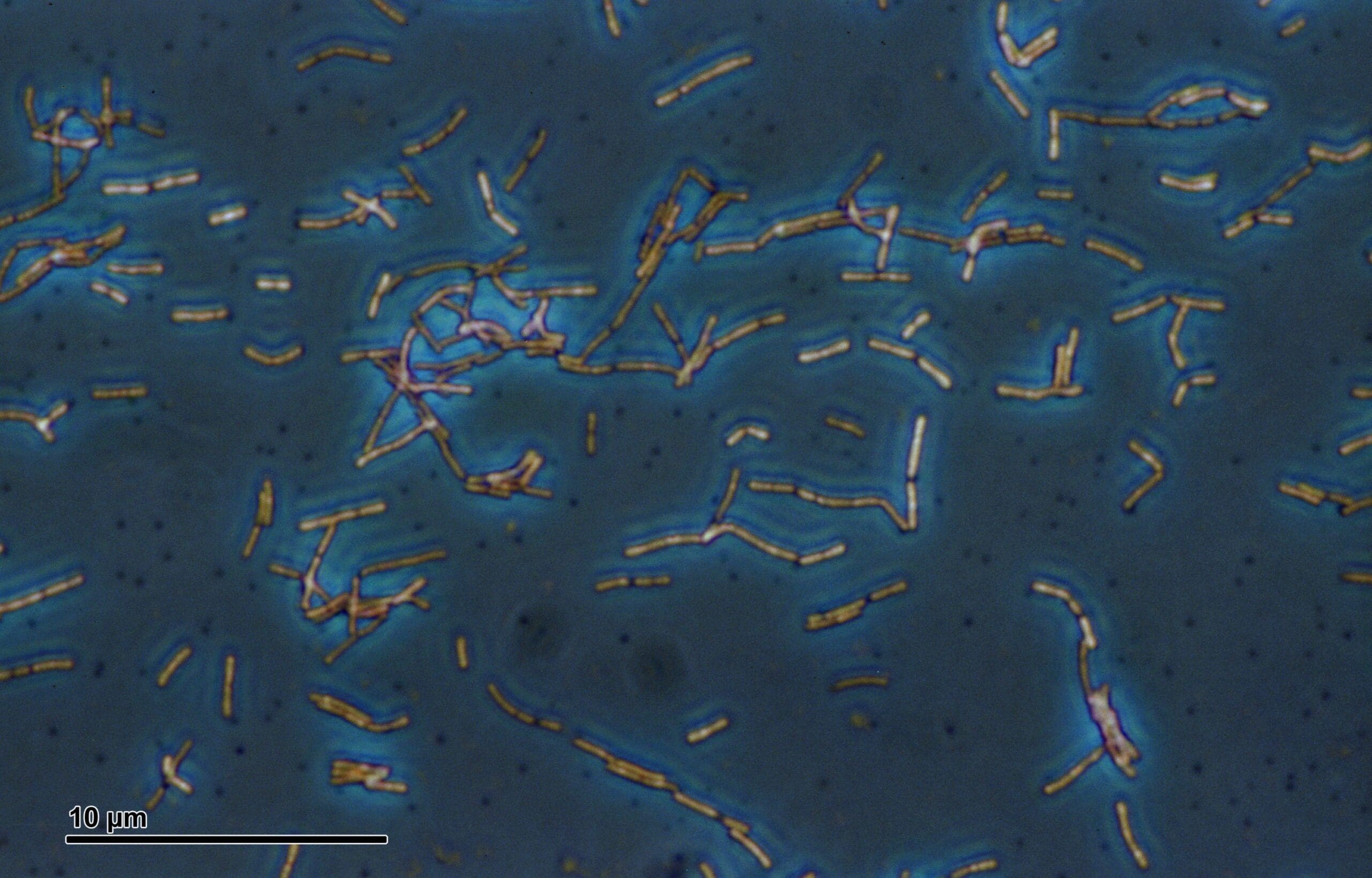
Get A Testing Quote
Lactobacillus acidophilus
STRUCTURE AND PHYSIOLOGY
Lactobacillus acidophilus is a short Gram-positive rod that is homofermentative. This species grows in low pH, and anaerobic conditions and undergoes fermentation only. They lack cytochromes, porphyrins, and respiratory enzymes making them unable to undergo oxidative phosphorylation or respiration. To undergo fermentation, they need a sufficient supply of sugars leading them to inhabit high sugar areas such as the gastrointestinal tract in humans and other animals. They adhere to intestinal epithelium through protein-mediated mechanisms and work as a probiotic via competition for space on the epithelium as well as interaction with enterocytes.
TRANSMISSION AND DISEASE
L. acidophilus can be transmitted through ingestion. It is manufactured into a probiotic and used in many bacteria cultured foods such as yogurt and cheese. When taken orally, it can have many positive effects in our gastrointestinal tract and can even aid in the digestion of lactose in lactose intolerant individuals. Although rare, in the presence of risk factors and underlying conditions, this bacterium can lead to infections including endocarditis, bacteremia, neonatal meningitis, dental caries, and intra-abdominal abscesses including liver abscess, pancreatic necrosis infection, pulmonary infections, pyelonephritis, meningitis, postpartum endometritis, and chorioamnionitis.
REFERENCES
Sanders, M.E. and Klaenhammer, T.R. “The Scientific Basis of Lactobacillus acidophilus NCFM Functionally as a Probiotic”. Journal of Dairy Sciences. 2001. Volume 84. Pages 319-331
Gilliland, S.E., Speck M.L. and Morgan, C.G. “The Detection of Lactobacillus acidophilus in Feces of Humans, Pigs and Chickens”. Applied Microbiology. October 1975. Pages 541-545.
Image from: lactobacillus acidophilus (nist.gov)
Share

